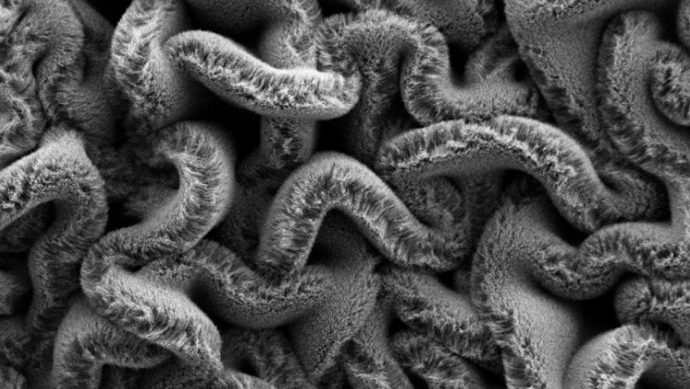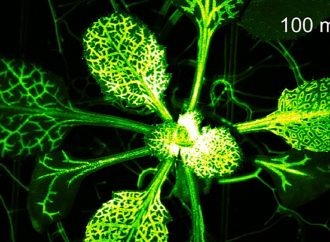The supercapacitors still functioned well when stretched to eight times their original size.
Source: Interesting Engineering
Imagine a new type of supercapacitor that can be repeatedly stretched to eight times its original size, yet still retaining its full functionality. Only after 10,000 cycles of charging and recharging does it start to lose a little percentage of its energy performance.
Researchers from Duke University and Michigan State University (MSU) have done just that. The team sees their novel supercapacitor as part of a power-independent, stretchable, flexible electronic system that could be used in wearable electronics or biomedical devices.
Their study was published in a journal from Cell Press, Matter, on Thursday.
Surviving mechanical deformations
“Our goal is to develop innovative devices that can survive mechanical deformations like stretching, twisting or bending without losing performance,” said Changyong Cao, director of the Laboratory for Soft Machines and Electronics at MSU and senior author of the study.
“But if the power source of a stretchable electronic device isn’t stretchable, then the entire device system will be constrained to be non-stretchable,” continued Cao.

A supercapacitor, also sometimes referred to as an ultracapacitor, stores energy like a battery. But, unlike batteries, a supercapacitor stores energy through charge separation and isn’t able to create its own energy. It needs an outside source in order to charge.
Also in contrast to batteries, supercapacitors can release energy in short but huge bursts. They also charge and recharge much more quickly, making them ideal for short, high-powered applications such as in amplifiers in a stereo system, or a flash in a camera.
The main issue is that they are usually hard, just like batteries. So, another senior author of the study, Jeff Glass, professor of electrical and computer engineering at Duke University, and Cao grew a carbon nanotube forest — a patch of millions of nanotubes just 15 nanometers in diameter and 20-30 micrometers tall — atop a silicon wafer. To put that into perspective, that’s about the size of the width of the smallest bacteria and the height of the animal cells it infects.
The carbon nanotube forest is then coated with gold nanofilm, used as an electric collector. The team then uses a method to crumple the nanotube forest, which Glass explained: “The crumpling greatly increases the amount of surface area available in a small amount of space, which increases the amount of charge it can hold.” All the nanotubes are then filled with a gel electrolyte.
The end result are super stretchable supercapacitors that could power wearable devices of the future.
“A lot of people want to couple supercapacitors and batteries together,” Glass said. “A supercapacitor can charge rapidly and survive thousands or even millions of charging cycles, while batteries can store more charge so they can last a long time. Putting them together gives you the best of both worlds. They fill two different functions within the same electrical system.”
Source: Interesting Engineering

































Leave a Comment
You must be logged in to post a comment.